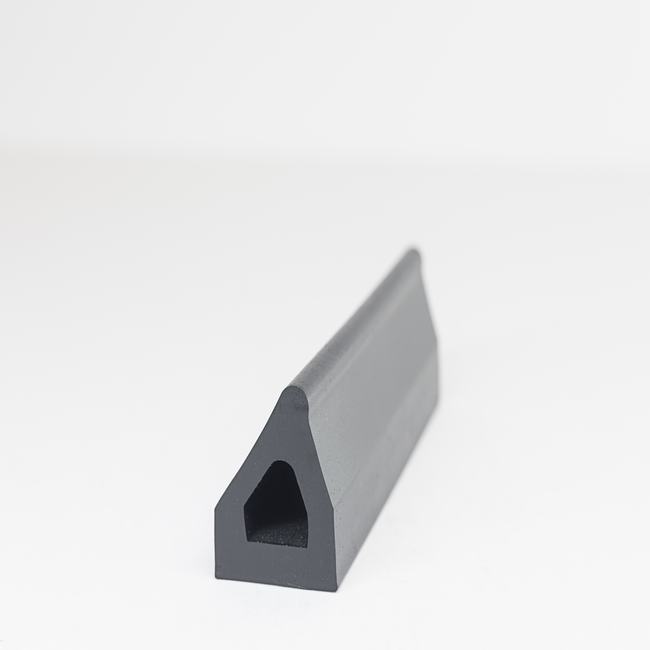Steel door seals, also known as door gaskets or weatherstripping, play a crucial role in maintaining the energy efficiency, security, and comfort of buildings. These seals are designed to provide a barrier against drafts, moisture, noise, and external elements, helping to create a secure and well-insulated environment. In this detailed description, we will explore the various aspects of steel door seals:
- Purpose:
Steel door seals serve multiple purposes, including:
- Weatherproofing: They seal the gaps around doors to prevent air and water infiltration, helping to maintain a consistent indoor temperature and protect against moisture.
- Sound Insulation: Steel door seals reduce noise transmission, making interiors quieter and more comfortable.
- Energy Efficiency: By sealing gaps, they enhance energy efficiency by reducing heating and cooling losses, resulting in lower utility bills.
- Security: They provide an additional layer of security by making it harder for intruders to gain access.
- Materials:
Steel door seals can be made from various materials, with the choice depending on the specific application:
- Rubber: Common for residential and commercial doors, providing a flexible and effective seal.
- Neoprene: Ideal for applications requiring resistance to oil, UV rays, and temperature fluctuations.
- Silicone: Suitable for extreme temperature variations and offers excellent durability.
- Felt: Provides insulation and is often used in older doors.
- Magnetic: Used in combination with steel doors for a secure and airtight seal.
- Aluminum or Stainless Steel: Used for the retaining strip or housing of the seal, providing durability and resistance to corrosion.
- Types:
Steel door seals come in various types to suit different door styles and applications:
- Threshold Seals: Installed at the bottom of the door to block drafts, moisture, and pests.
- Astragal Seals: Used between double doors to create a seal where they meet.
- Jamb Seals: Seal the gaps between the door frame and the door itself.
- Sweeps: Installed at the bottom of doors to seal the gap between the door and the threshold.
- Gasketing: Provides a seal along the door frame’s perimeter, improving overall insulation.
- Magnetic Seals: Suitable for steel doors, creating a strong magnetic seal when the door is closed.
- Installation:
Proper installation is essential for the effectiveness of steel door seals. Installation typically involves cutting the seal to the appropriate length, attaching it to the door or frame, and ensuring a snug fit. Some seals may require adhesive, screws, or nails for secure attachment. - Maintenance:
Steel door seals require regular maintenance to ensure they continue to function effectively. Maintenance may include cleaning, lubrication (for moving parts), and periodic replacement if they become damaged or worn. - Design Considerations:
When selecting steel door seals, factors such as the door’s material, location (indoor or outdoor), exposure to weather, and the specific sealing requirements must be considered. The design should ensure a proper fit and durability over time. - Benefits:
Utilizing steel door seals offers a range of benefits, including:
- Enhanced energy efficiency, reducing heating and cooling costs.
- Improved indoor comfort and reduced drafts.
- Increased security by reinforcing door sealing.
- Noise reduction for a quieter indoor environment.
- Protection against moisture, pests, and outdoor elements.
In conclusion, steel door seals are critical components for maintaining energy efficiency, security, and comfort in buildings. They come in various types and materials to suit different applications and should be installed and maintained properly to ensure their effectiveness. The right steel door seal can significantly enhance the performance and longevity of doors and contribute to a more comfortable and secure indoor environment.






